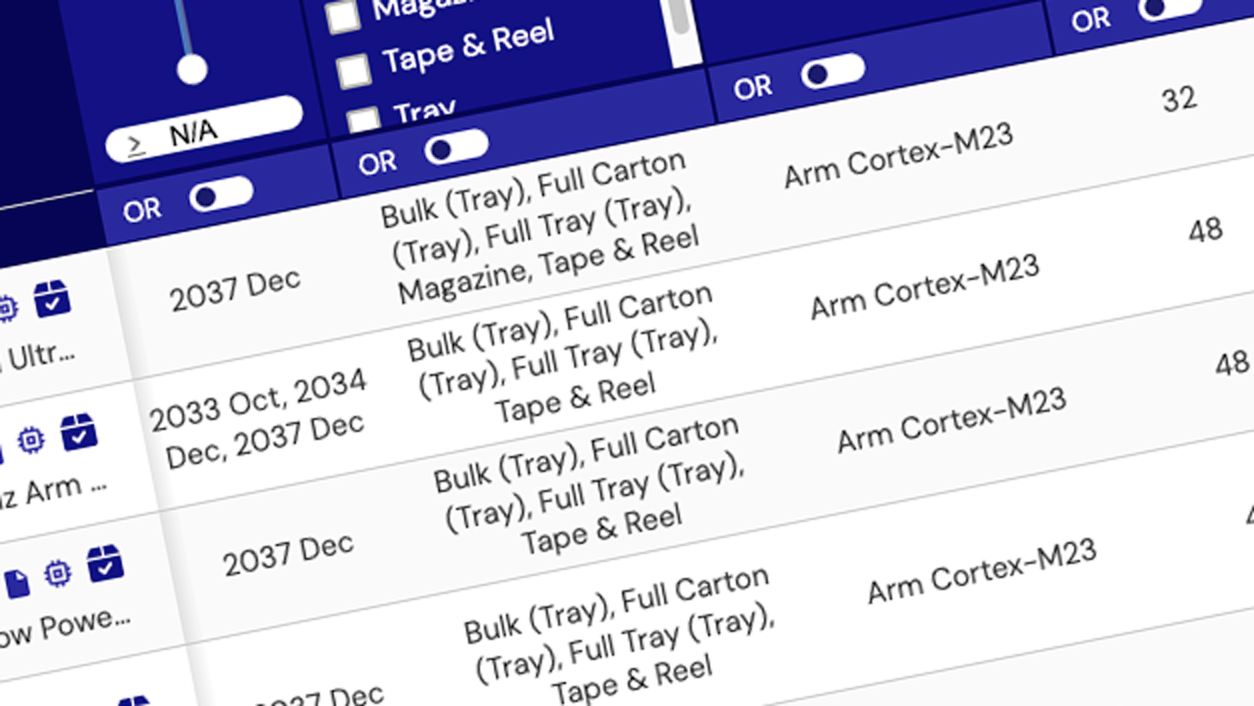Hi-Rel current sources provide precise and stable current regulation for mission-critical space and high-reliability applications. Designed to operate in radiation-heavy environments, these devices ensure consistent performance across temperature and voltage variations. With high accuracy and low drift, they are ideal for biasing sensors, references, and other precision analog circuits where reliable current sourcing is essential.
Renesas offers products across many screening flows: QML-V, QML-V Equivalent, QML-P, QML-P Equivalent, and RT Plastic. Refer to the product datasheet to determine which flows are applicable.
High-Precision Current Regulation
Achieves ±1% accuracy over a wide operating voltage range of 3V to 40V, ensuring consistent current delivery across varying conditions.
Versatile Application Flexibility
The floating two-terminal design allows for high-side, low-side, and dual-side load configurations, supporting applications such as sensor excitation, biasing networks, and low-voltage references.
Designed for Space
Engineered from the ground up for space applications, these Current Sources mitigate SEE and TID effects, ensuring mission-critical reliability without additional design overhead.
